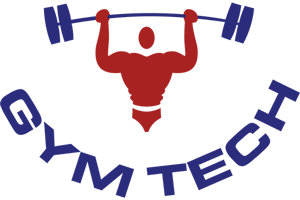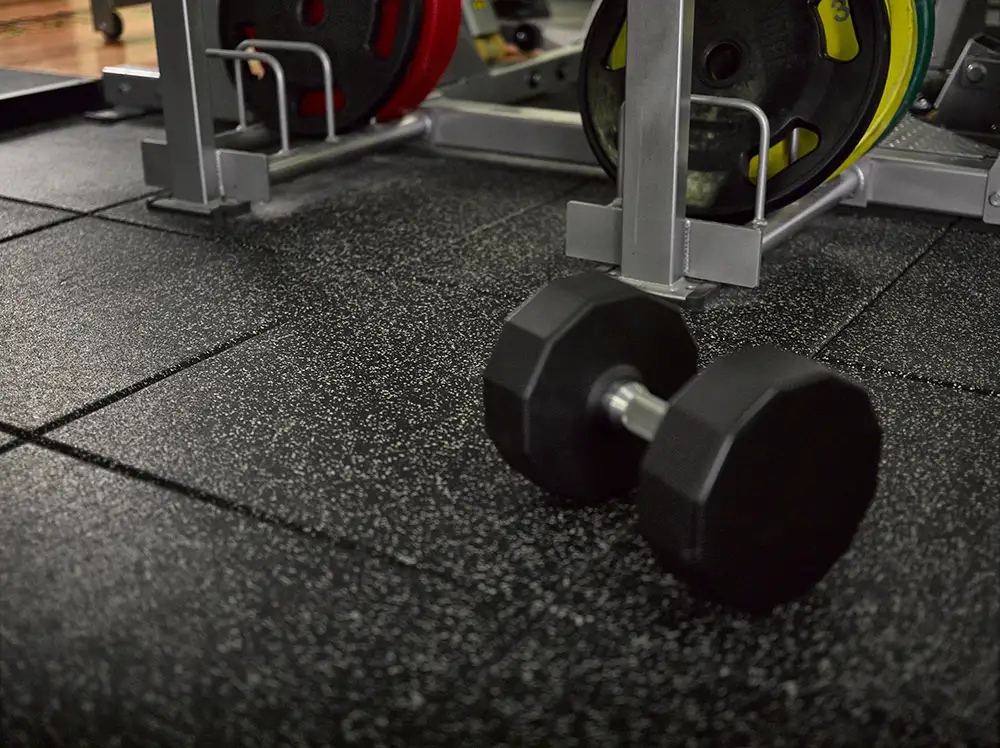Different Types of Gym Flooring and Their Benefits
Rubber Flooring
Rubber flooring is a popular choice for gyms due to its durability, shock absorption, and ease of maintenance. It is especially ideal for areas with heavy weights and high-impact activities. Rubber flooring comes in tiles, rolls, and mats, and is often made from recycled materials, making it an eco-friendly option.
Foam Flooring
Foam flooring is soft and shock-absorbent, making it suitable for aerobics, yoga, and martial arts training areas. It’s often used in the form of interlocking tiles, making it easy to install and replace if necessary. However, it’s not as durable as rubber flooring and isn’t suitable for areas with heavy weights.
Turf Flooring
Artificial turf is becoming increasingly popular in fitness facilities, especially for functional fitness and sports-specific training. It’s ideal for sled pushes, agility drills, and similar activities. Turf flooring provides a slip-resistant surface and can be customized with markings for agility and training drills.
Vinyl Flooring
Vinyl flooring is versatile and offers a balance between durability and cushioning. It is easy to clean and comes in various designs. It's ideal for areas such as dance studios, where a somewhat resilient but not too soft floor is needed.
Hardwood Flooring
Traditional hardwood flooring is often used in basketball courts and dance studios. It’s highly durable and offers a classic aesthetic. However, it requires more maintenance than some other options and may not be ideal for areas with heavy weights.
For more in-depth information on different types of gym flooring, see article “Gym Flooring Types: A Comprehensive Guide”.
Factors to Consider When Choosing Gym Flooring
Type of Activities
Consider the types of activities that will take place in different areas of your gym. High-impact activities or areas with heavy weights require shock-absorbent and durable flooring like rubber. Yoga and stretching areas may benefit from softer options like foam.
Durability and Maintenance
Consider how durable the flooring material is and how much maintenance it requires. Rubber flooring, for example, is highly durable and requires little maintenance, whereas hardwood flooring may require refinishing over time.
Safety
Safety should be paramount. Ensure the flooring provides sufficient grip to prevent slips and falls, and enough cushioning to minimize injuries if falls occur.
Acoustic Properties
The flooring material can affect the acoustics of your gym. If noise reduction is a priority, choose materials that absorb sound rather than reflecting it.
Budget
Your budget will inevitably play a role in your decision. Consider not only the initial cost but also the longevity and maintenance costs associated with the flooring material.
Aesthetics and Branding
The appearance of your gym flooring can impact the overall atmosphere of your facility. Choose colors and textures that align with your brand and create an inviting environment.
Environmental Impact
If sustainability is a core value for your business, consider eco-friendly materials like recycled rubber.
Conclusion
Choosing the right gym flooring is essential in creating a safe, functional, and aesthetically pleasing environment for your fitness facility. By considering the types of activities, durability, safety, acoustics, budget, aesthetics, and environmental impact, you can make an informed decision that will serve your facility well for years to come. Investing in quality flooring is an investment in the longevity and success of your fitness facility.


